ARAB ARTISTRY AT ITS BEST
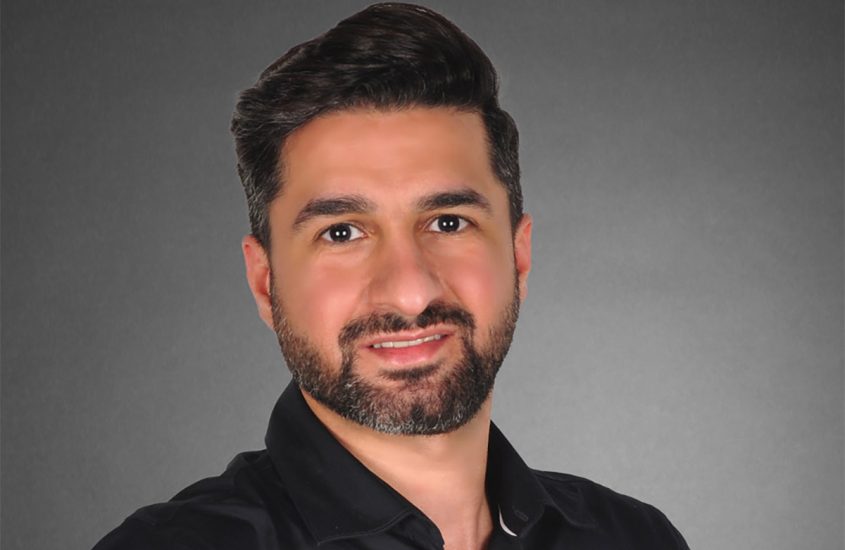
A Bahraini artist shines a light on the beauty and strength of the Arab woman and the importance of artistic practice in society.
Mahmood Mohamed, a budding local artist, brings attention to the charm of Bahraini culture and the beauty of Bahrain’s women in his work.
Using a variety of materials, such as spray paints, acrylics, screen painting, stencils and collage, as well as computer programmes such as Abode Photoshop and Procreate, Mahmood works to create beautiful portraits of traditional Arab women.
He says: “In each series, I used different materials as a base, such as cardboard and carpet, which gives a unique texture and results in a great mix of contemporary urban arts with Arabic ancient traditional patterns and culture.”
Mahmood started painting from the early age of 10 after being inspired by “enchanting European street art”. He went on to participate in school events and competitions and thanks his art teachers who “always supported and motivated me”.

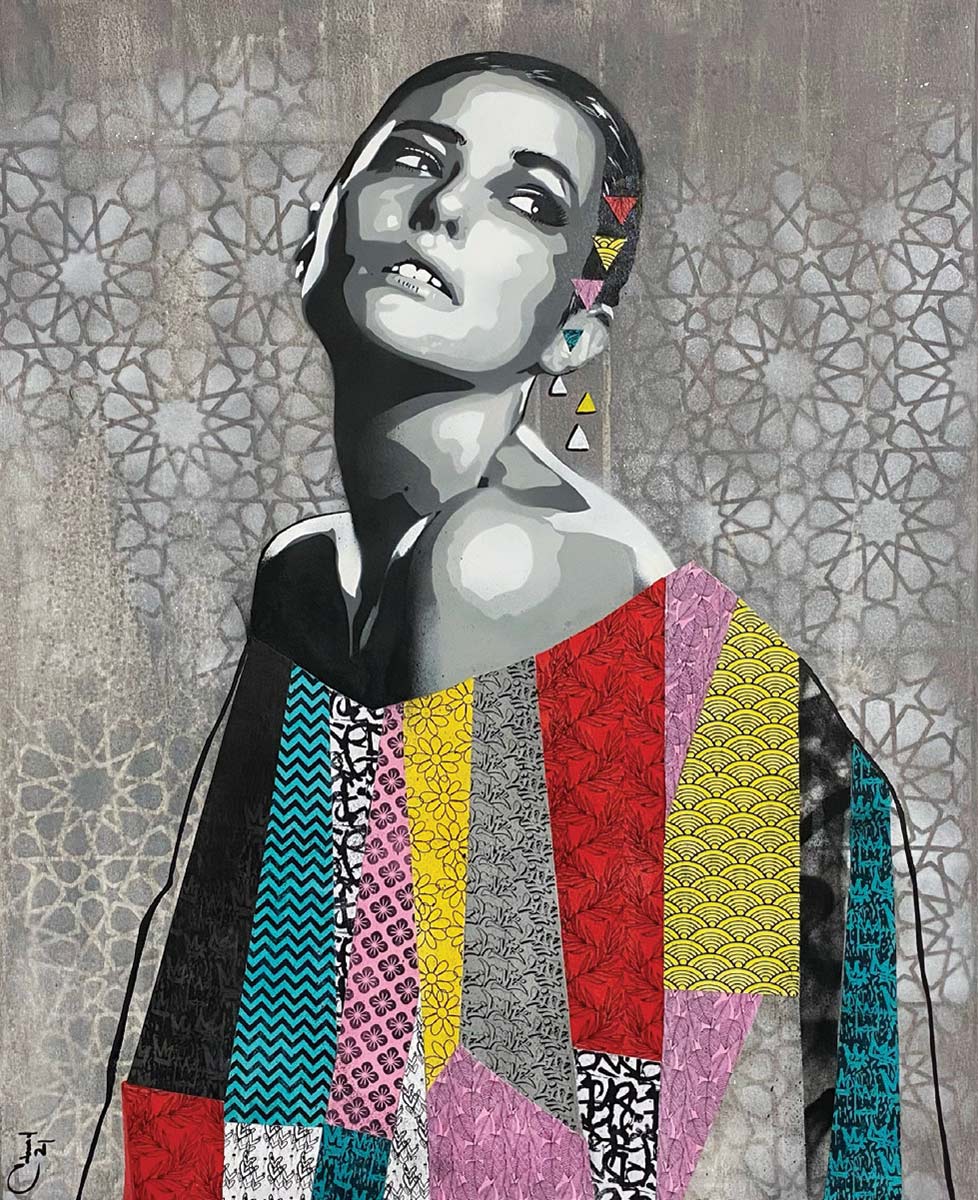
He describes his artistic process, saying: “My technique is characterised by three main phases. The first includes styles such as graffiti and abstract designs for the underlayer. The second includes hand-drawings and stencils as well as spray-painted faces. And the third uppermost layer is adding cultural and urban patterns. In each work, I make certain that I add an element of Arab culture, whether it is calligraphy or Arabic dress patterns.
“My goal with my portraits is to focus on the woman’s personality through her facial expressions. The traditional textile patterns and body language add to the rich diversity of emotions and personalities.”
He also recounts a precious memory with his mother: “To this day, I remember my mum getting me my first set of art supplies. It was her nurturing support that encouraged me to begin painting.” His wife, whom he calls his ‘creative muse,’ has been equally supportive.
One such portrait is a piece from ‘Traditional Faces Series II’ which is very dear to Mahmood. He explains: “I love the beauty and maze in her eyes as she holds the traditional Arabic abaya with her teeth, an image that translates the strength of the Bahraini woman as she takes up her responsibilities in society. I also love the beauty of the blend of contemporary and traditional Arabic patterns, signifying the relationship between Arabic culture and modern art.
“In retrospect, every moment spent painting has been precious to me, an endearing path of learning and joy. Art is a universe with endless possibilities, and I cannot wait to see where my imagination takes me next.”
He describes his proudest moment while exhibiting his work in Germany: “I wanted to show the world the beauty of Arab women and our traditional customs. Art and culture have always coexisted to me, the richness of one paving the evolution of the other. Arab culture is enriched with scintillating colours and beautiful patterns that have always inspired me.”
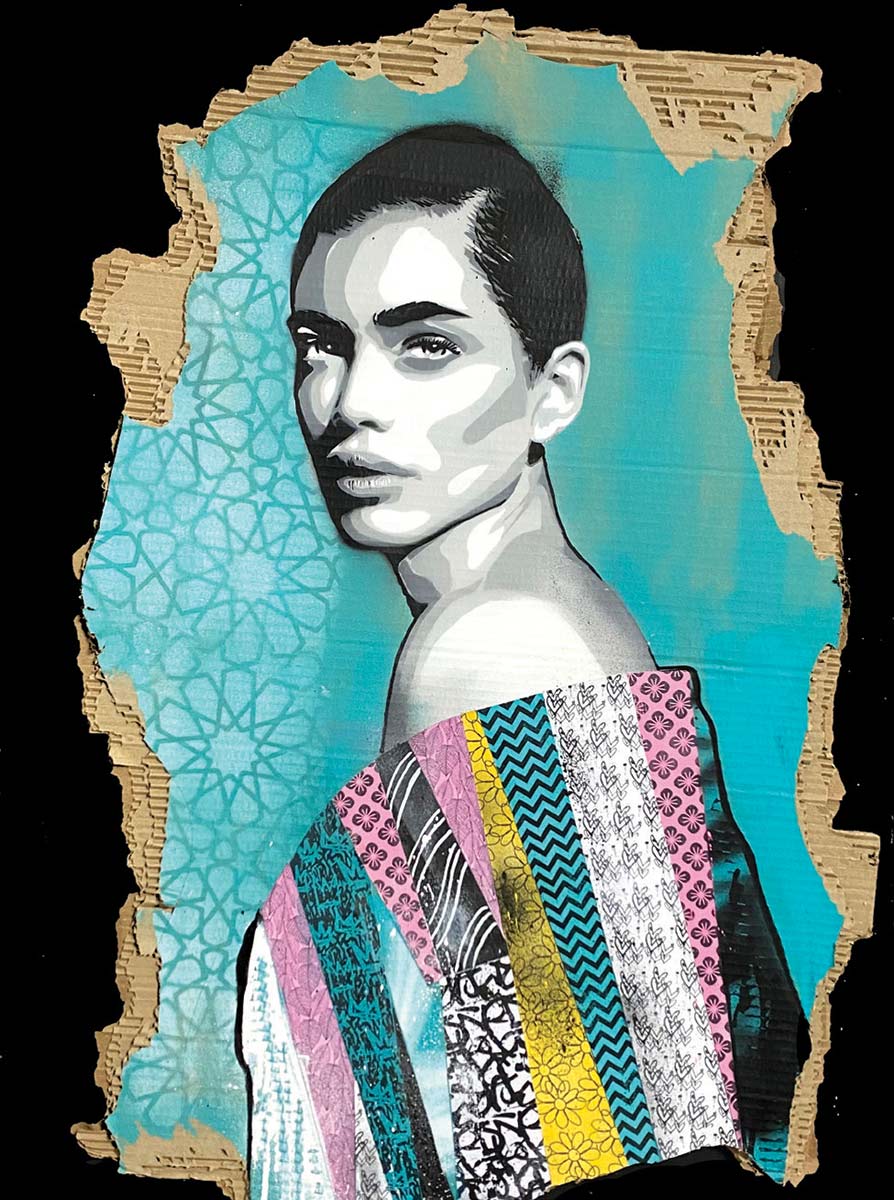

Mahmood cites Andy Warhol and Roy Lichtenstein as influences on his work and appreciates how they “reinterpret popular imagery yet retain the true essence of the subject”—something he tries to carry in his own pieces. “I believe that at the end of the day we all live for art—whether you are an artist or a spectator,” he says. “Every single possession we yearn for has art embedded in some form. Art has always been an integral form of communication transcending borders. Today more than ever, art can be a medium to unite the divided and to propagate peace. I always wanted to showcase the beauty of Arabic women translated into urban and contemporary arts.”
Mahmood has exhibited his work in various exhibitions in Bahrain and abroad, namely Last Oil Well, the exhibition at Malja Red Bull Space in Amwaj, and The Art Space, as well as at EV Gallery in New York, ParARTgon in Hamburg, and NFT BAZL, a boutique online NFT marketplace. He is currently working on a collection for his first solo exhibition and refining his traditional patterns, studying more about Arabic and Islamic calligraphy and Arabic gold designs to apply a greater focus on traditional Bahraini culture in his work.
Though his dream of becoming a full-time artist has not yet become a reality, it remains on his radar.
Collecting his thoughts, he says: “As Pablo Picasso famously said: ‘Every child is an artist. The problem is how to remain an artist once we grow up.”✤


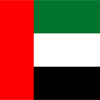
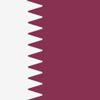


















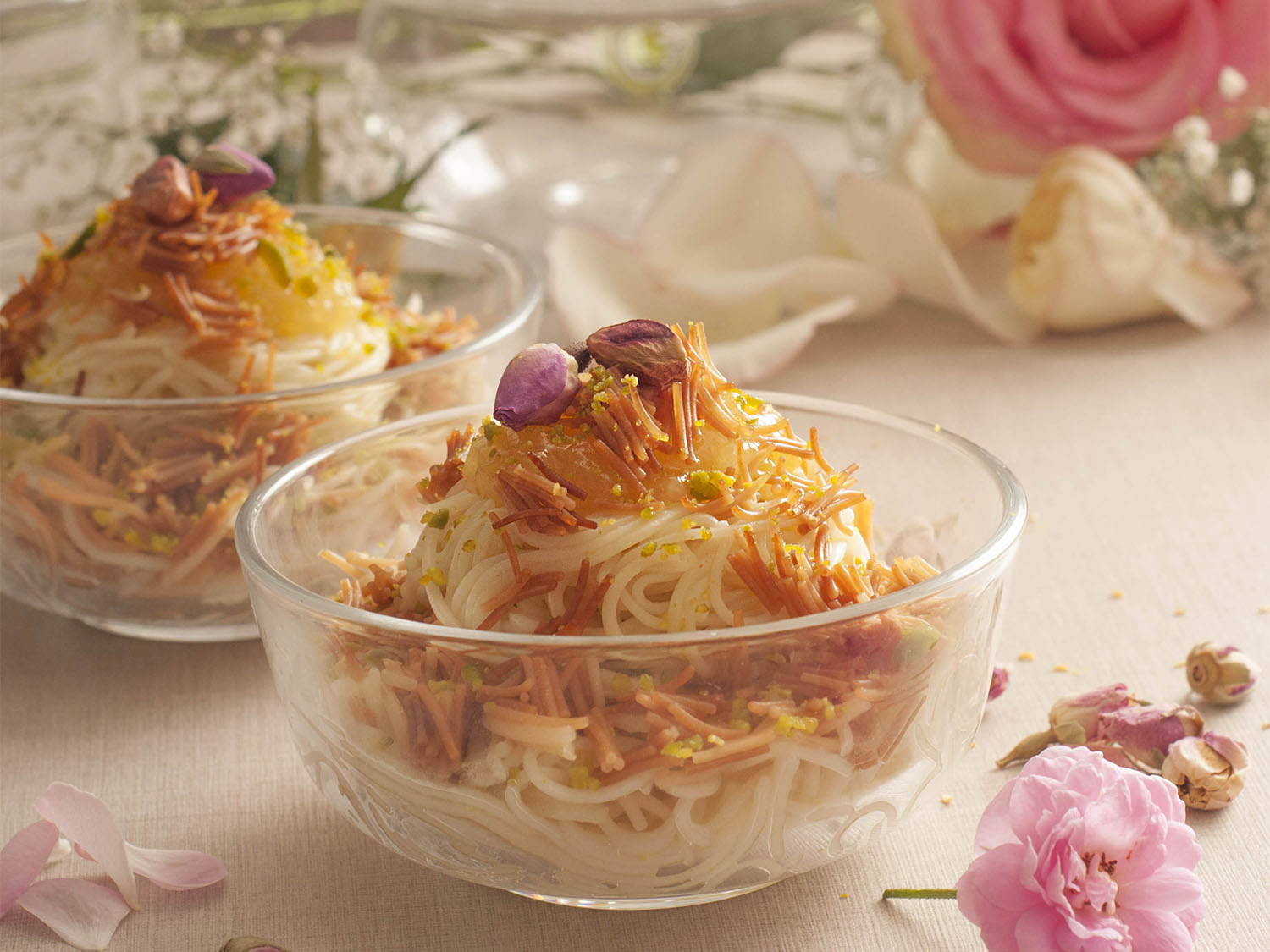
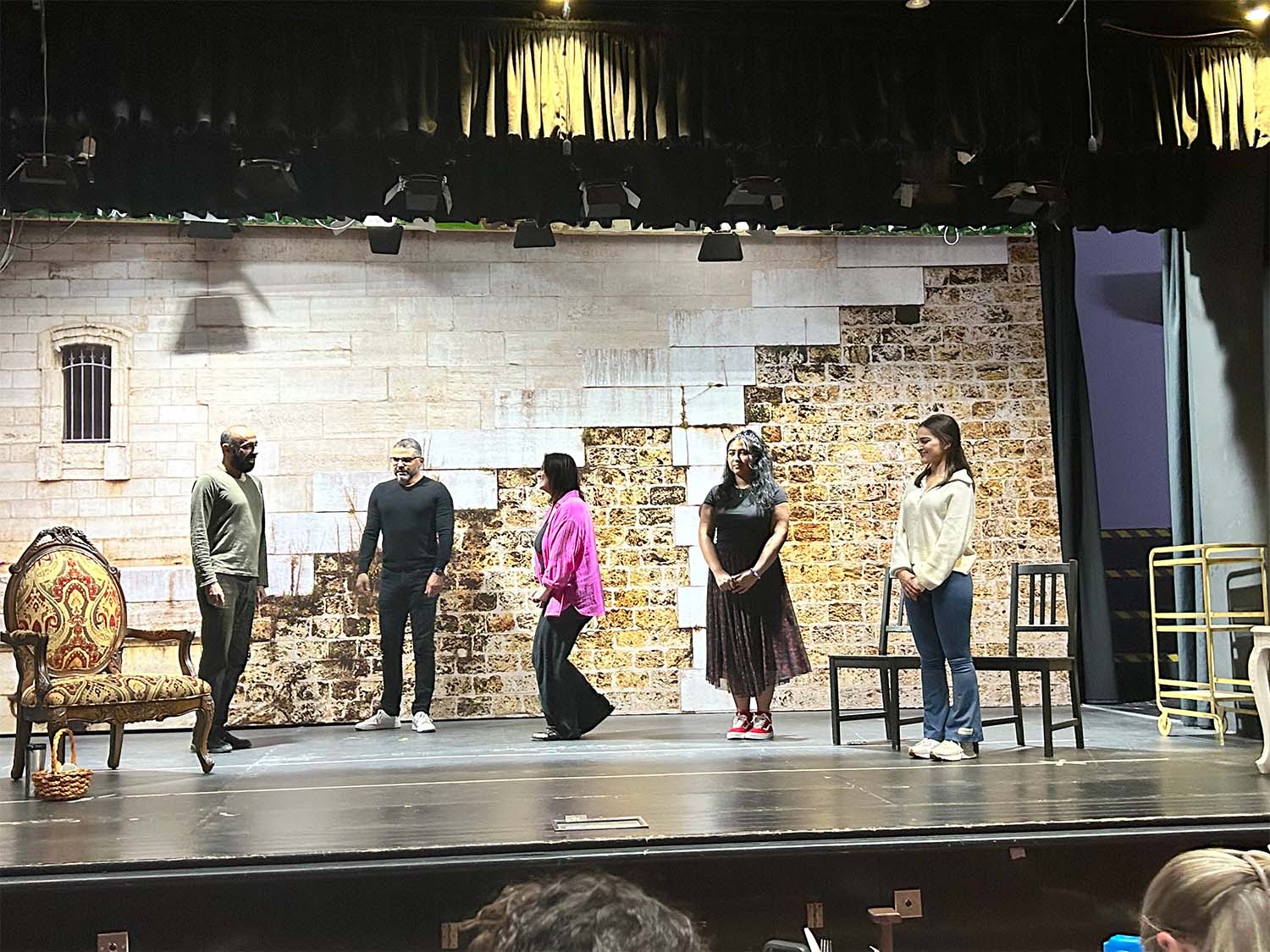
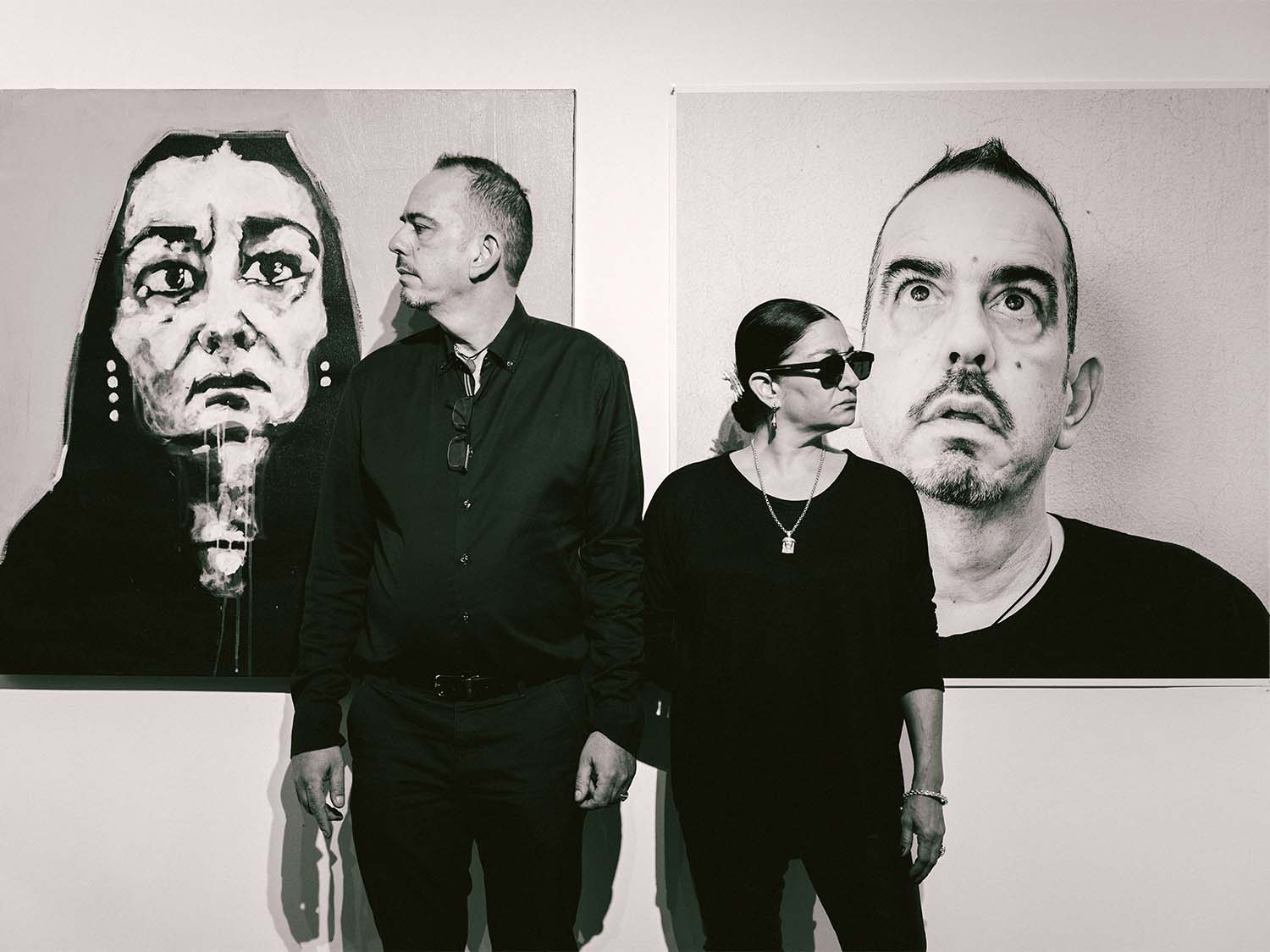
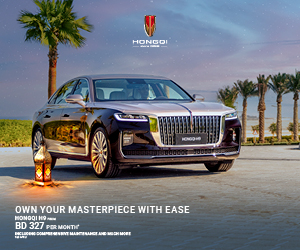



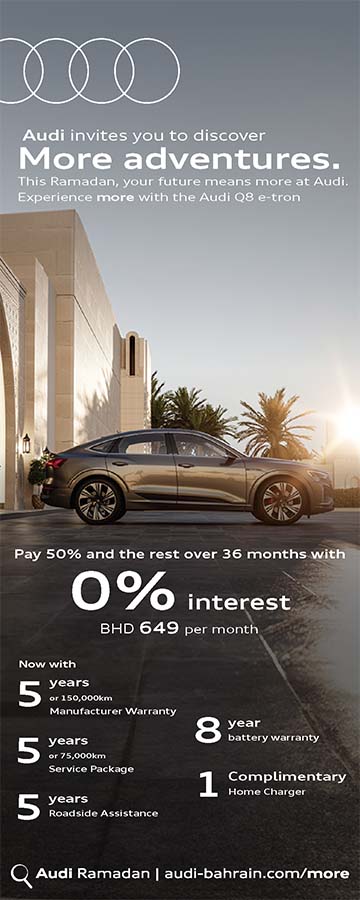
Comments are closed.